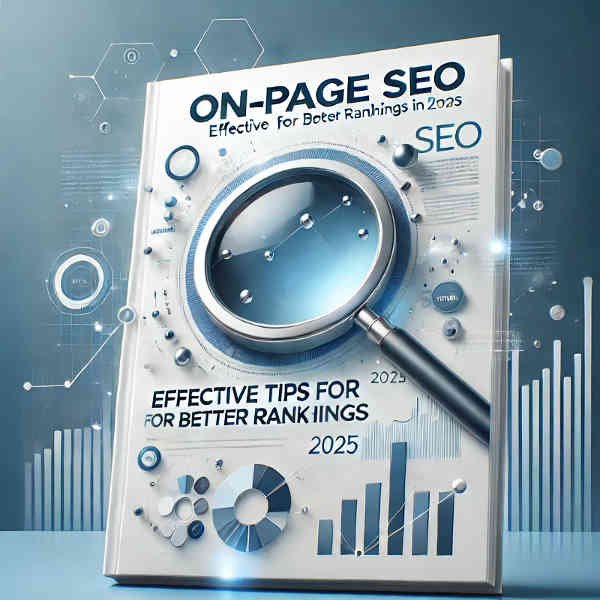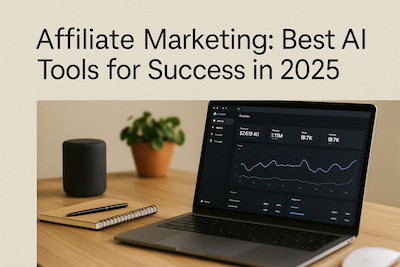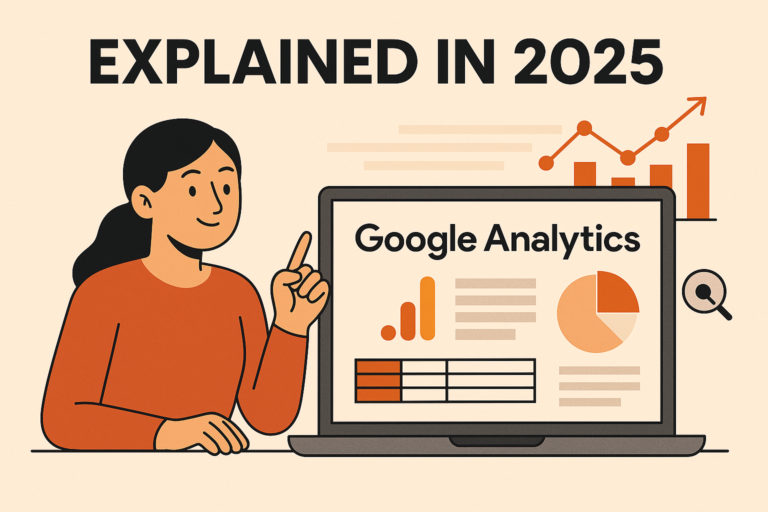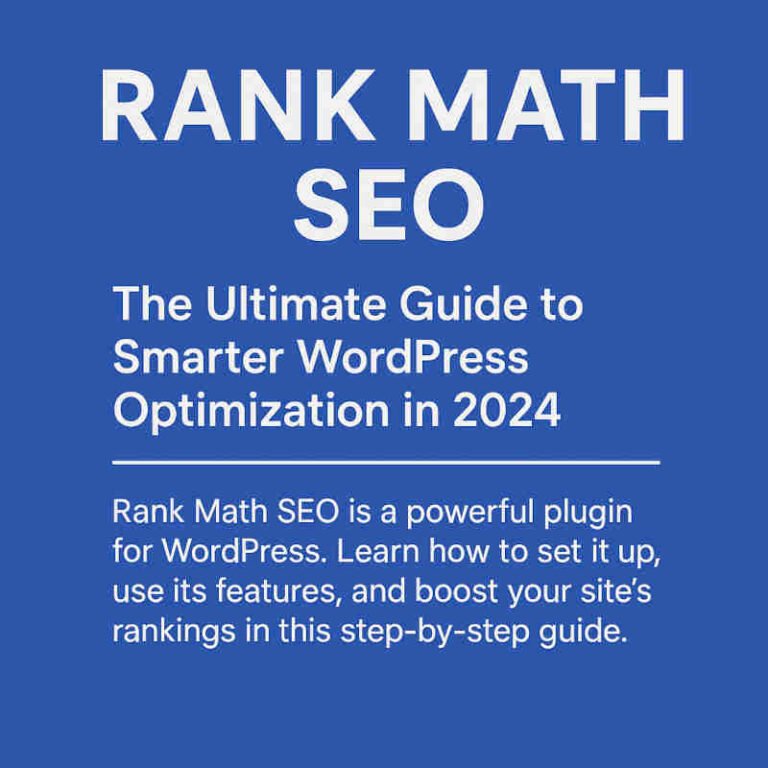On-Page SEO: Effective Tips for Better Rankings in 2025
Table of Contents
ToggleWe use affiliate links. If you purchase something using one of these links, we may receive compensation or commission.

Introduction to On-Page SEO
Want to rank higher on Google and attract more visitors to your site? Mastering on-page SEO is a must! This guide breaks down everything you need to know, from choosing the right keywords to crafting content that grabs both users’ attention and search engines’ favor. Whether you’re just starting or refining your skills, these tips will help you optimize like a pro.
What Is On-Page SEO and Why Is It Important?
On-page SEO involves optimizing individual pages on your website to rank better on search engines and attract relevant traffic. Think of it as giving your content the best chance to shine online.
Why it matters:
Better rankings: Search engines understand your content more easily.
Improved user experience: Easier navigation and faster loading times keep visitors engaged.
Higher traffic: Quality optimization brings the right audience to your site.
Common Myths:
Keyword stuffing works: It doesn’t! Focus on natural language and user intent.
One-and-done optimization: Regular updates are essential.
Backlinks solve everything: On-page SEO is equally crucial.
How to Find the Right Keywords
Keywords are the foundation of on-page SEO. But how do you pick the best ones?
Tips for Effective Keyword Research:
Use tools: Try Google Keyword Planner, Ahrefs, or SEMrush to discover keywords with high traffic and low competition.
Long-tail keywords: Phrases like “best SEO tips for beginners” are easier to rank for.
Understand intent: Are users looking for information, comparing options, or ready to buy? Tailor your content accordingly.
Optimizing Your Title Tags and Meta Descriptions
Your title and meta description are the first things users see on Google’s search results page. Make them count!
Title Tag Tips:
Keep it under 60 characters to avoid truncation.
Include the main keyword near the beginning.
Use action words like “Discover” or “Learn” to entice clicks.
Here I explain how I use AI to generate the best title.
Meta Description Tips:
Aim for 150-160 characters.
Summarize your content clearly and compellingly.
Include the primary keyword naturally.
Creating SEO-Friendly Content
Content is king, but only if it’s optimized.
Best Practices:
Write for humans first, search engines second. Keep your tone natural and engaging.
Use subheadings, lists, and visuals to break up long blocks of text.
Include semantic keywords to reinforce your topic.
The Role of Internal and External Links in On-Page SEO
Links are the glue that holds your content together and connects it to the broader web.
Internal Links:
Link to related articles to keep users on your site.
Use descriptive anchor text like “learn SEO basics” instead of “click here.”
External Links:
Cite credible sources to boost your content’s authority.
Open links in a new tab to maintain your site’s traffic.
Optimizing Images for On-Page SEO
Images do more than make your content look good—they’re also an SEO opportunity.
Tips:
Use descriptive file names (e.g., “on-page-seo-tips.png” instead of “IMG1234.png”).
Add alt text for accessibility and search engines.
Compress images to improve page load speed.
Enhancing User Experience (UX)
Good SEO goes hand-in-hand with a great user experience.
How to Improve UX:
Make your site mobile-friendly with responsive design.
Speed up load times by compressing images and optimizing code.
Simplify navigation with clear menus and internal links.
Measuring and Refining Your On-Page SEO
SEO is an ongoing process. Regularly review and refine your strategy.
Tools to Use:
Google Analytics: Track metrics like bounce rate and session duration.
Google Search Console: Monitor search performance and fix issues.
A/B Testing: Experiment with titles, descriptions, and layouts.
On-Page SEO. Conclusion
On-page SEO is your ticket to better rankings and more traffic. By focusing on keywords, content, and user experience, you’ll create pages that users and search engines love. Start applying these tips today, and watch your site climb the search rankings!
Have questions or tips of your own? Share them in the comments below!






